Even in sunny Florida, those occasional chilly days roll in, stirring a desire for cozy, wintry activities. Observing my son, I’ve always been determined to nurture his budding curiosity, especially when the mercury drops.
I strongly believe that science is the backbone of his learning journey, but it must sparkle with fun!
Determined to turn cold days into exhilarating learning adventures, I’ve curated a list of winter-themed experiments as part of my list with top science experiments for preschoolers.
Far from the usual yawn-worthy lessons, these activities are crafted to captivate, educate, and entertain our little snow seekers.
Why I Love Winter Science Experiments For Preschoolers
Parents supporting their winter science journey lay the foundations of inquiry, resilience, and problem-solving.
These early experiments blanketed in winter’s embrace, fuel curiosity and fortify essential life skills, guiding our children to view challenges as exciting puzzles. Let’s embrace the frosty fun!
How I Chose These Winter Science Experiments For Preschoolers
As the chilly breeze stirred, I embarked on a quest to find the coziest winter experiments.
Diving into top activity sites, I had a vision: activities that kept tiny hands and minds busy for over 20 minutes, were brimming with laughter, and encouraged little snow boots to shuffle with excitement.
My son became my co-adventurer, testing each frosty experiment. Those that ignited his joy and curiosity melted our hearts and made this handpicked list.
Bundle up and dive into our winter wonderland of learning!
15 Of My Favorite Winter Science Experiments For Preschoolers
Embrace the chilly season with our top 15 winter science experiments, perfectly crafted for inquisitive preschoolers. Let’s turn frosty moments into delightful learning adventures together!
1. Weigh Snow Activity
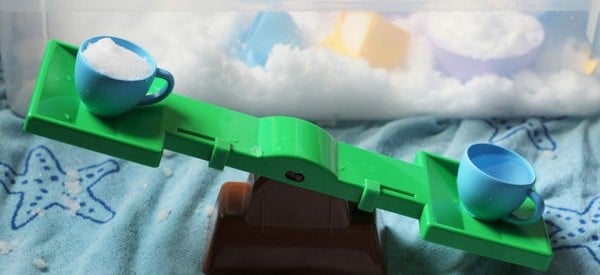
Even in the chill of winter, science shines bright! With the Weigh Snow Activity, transform snowy days into delightful learning moments.
If your little one likes to adventure in the snow, they will love this easy preschool science experiment because your young learner can jump right in and have lots of fun.
Let your preschooler discover the intriguing difference between fluffy snow and its melted counterpart. It’s a tactile and visual exploration that bridges the wonder of nature with the joy of discovery.
- Main Materials: Snow, bowls, scales.
- Duration: About 15-20 minutes.
- Ideal Age: Preschoolers (3-5 years old).
- Science Discipline: Physics and Earth Science.
- Science Skills Focus: This hands-on activity fosters skills in observation, comparison, and understanding the properties of matter in different states.
2. Candy Cane Slime
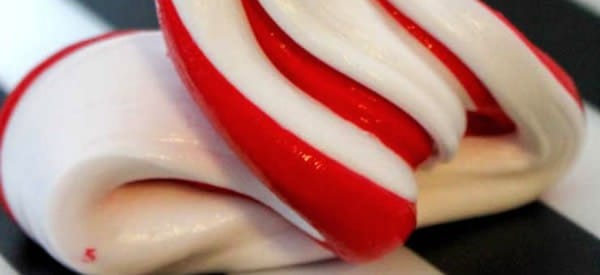
Just as winter heralds the joy of peppermint delights, our Candy Cane Slime brings a twist of wintry magic for little hands.
This fluffy, peppermint-scented concoction is not just fun to play with but also a sensory journey, blending the joys of the holiday season with the wonders of science.
Perfect for indoor days, this fun science experiment for preschoolers is sure to become a frosty favorite in your household!
- Main Materials: White glue, shaving cream, peppermint extract, red food coloring, contact lens solution.
- Duration: About 15-20 minutes.
- Ideal Age: Preschoolers (3-5 years old).
- Science Discipline: Chemistry.
- Science Skills Focus: This slime activity enhances sensory exploration, observation of chemical reactions, and understanding the properties of mixtures in a playful setting.
3. Learning Resources Primary Science Deluxe Lab Set
Ignite a passion for science with the Primary Science Deluxe Lab Set. This comprehensive kit is a gateway to hands-on learning, engaging children in endless exploration and discovery.
Featuring real lab equipment and durable materials, it’s the perfect blend of education and entertainment.
- Main Materials: Lab equipment, activity cards, and experiment accessories.
- Duration: Flexible play and learning opportunities.
- Ideal Age: Preschoolers and early elementary (3-8 years old).
- Science Discipline: General science exploration, biology, chemistry, physics.
- Science Skills Focus: This lab set fosters observation, experimentation, critical thinking, and problem-solving in a playful, engaging manner.
4. Frozen Bubbles
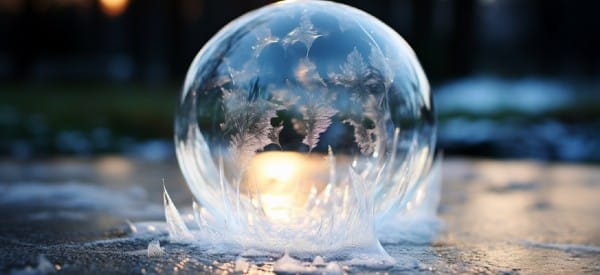
When winter’s chill arrives, a bit of magic takes center stage. Engage your little scientists with the Frozen Bubbles activity – a whimsical fusion of science and art.
As the frigid air kisses the soap bubbles, they transform into delicate ice globes, offering a visual treat that sparks endless curiosity. Your little ones will love this water science experiment for preschoolers because they will see different states of water and learn about how ice works!
- Main Materials: Bubble solution, bubble wand, cold outdoor temperatures.
- Duration: About 15-20 minutes.
- Ideal Age: Preschoolers (3-5 years old).
- Science Discipline: Physics and Chemistry (Phase changes and properties of matter).
- Science Skills Focus: This experiment cultivates observation skills and introduces kids to the concept of freezing point and the changes in matter due to temperature shifts.
5. Learn How Penguins Stay Dry
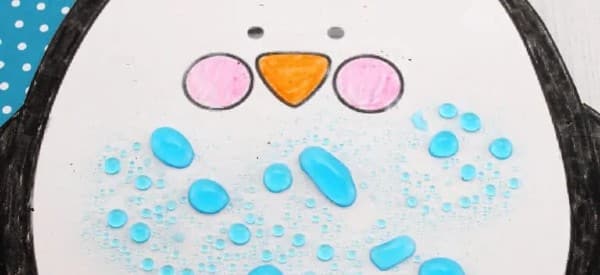
Immerse your little explorers in the fascinating world of penguins with this hands-on experiment.
By simulating penguin feathers’ water-repellent magic, kids unravel the marvel of how these creatures stay dry even in icy waters.
- Main Materials: Water, oil, feathers, plastic container.
- Duration: About 15-20 minutes.
- Ideal Age: Preschoolers (3-5 years old).
- Science Discipline: Biology and Animal Adaptations.
- Science Skills Focus: This activity cultivates observation skills, promoting an understanding of animal adaptations and the concept of water repellency in a playful manner.
6. Magnetic Ice Painting
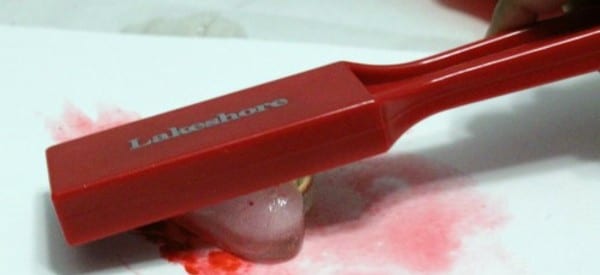
Winter brings a world of possibilities for young scientists. Dive into the frosty world of magnetic ice painting, where colors dance on frozen canvases guided by hidden forces.
This engaging experiment blends art, science, and sensory play to create a captivating learning experience that will warm the hearts of curious minds.
- Main Materials: Ice cubes, liquid watercolors or food coloring, small magnets, and paper.
- Duration: About 30-40 minutes.
- Ideal Age: Preschoolers (3-5 years old).
- Science Discipline: Physics and Chemistry.
- Science Skills Focus: This activity cultivates observation, cause-and-effect understanding, and exploration of magnetic forces playfully and creatively.
7. UNGLINGA 70 Lab Experiments Science Kits
Enter the realm of science magic with the UNGLINGA 70 Lab Experiments Science Kit. Bursting with 70 captivating experiments, this kit bridges learning and play, nurturing young scientists’ curiosity while keeping them engaged for hours on end.
From colorful chemical reactions to mind-boggling physics, this kit transforms homes into laboratories of learning and exploration.
- Main Materials: A comprehensive kit includes various lab tools, chemicals, and experiment components.
- Duration: Flexible, ranging from 15 minutes to over an hour per experiment.
- Ideal Age: Children aged 6 and above.
- Science Discipline: Chemistry, Physics, and General Science.
- Science Skills Focus: This kit hones observation, critical thinking, and experimentation skills, allowing children to grasp complex scientific concepts through hands-on exploration.
8. Condensation & Frost
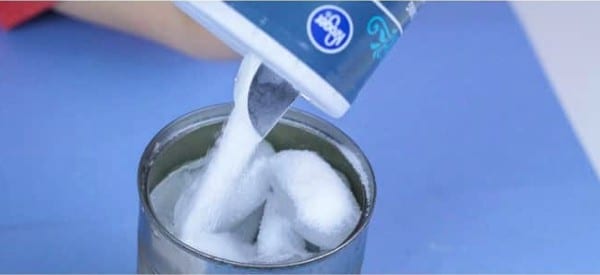
Imagine the awe in your little one’s eyes as they witness the enchanting transformation of condensation into frost.
This mesmerizing winter science activity takes the marvel of changing states of matter and turns it into a hands-on experience that will leave your preschooler captivated.
- Main Materials: Clear plastic cup, ice cubes, salt, water, spoon.
- Duration: About 15-20 minutes.
- Ideal Age: Preschoolers (3-5 years old).
- Science Discipline: Physical Science and States of Matter.
- Science Skills Focus: Enhances observation skills, understanding of how temperature changes affect matter, and introduces the concept of condensation and frost formation with this simple science experiment for preschoolers.
9. Snow Volcano
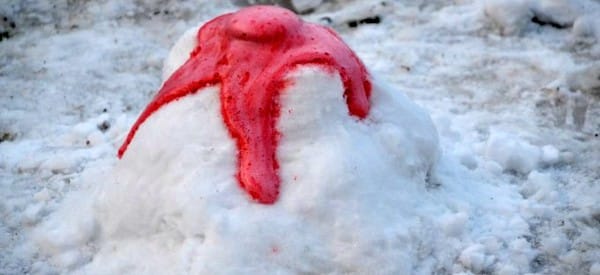
Turn snow days into a thrilling eruption of learning with the Snow Volcano experiment.
Craft your icy volcano, add baking soda, and watch as the vinegar eruption transforms your winter wonderland into an interactive science show.
- Main Materials: Baking soda, vinegar, dish soap, snow (or crushed ice), container.
- Duration: About 15-20 minutes.
- Ideal Age: Preschoolers (3-5 years old).
- Science Discipline: Chemistry and Reactions.
- Science Skills Focus: This experiment introduces kids to chemical reactions and basic principles of acids and bases while honing their observation and prediction abilities.
10. Grow Your Own Polar Bear
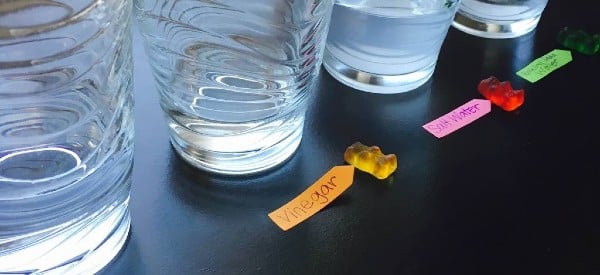
Imagine watching a polar bear grow right before your eyes! This enchanting winter science experiment blends excitement with education.
Through simple kitchen ingredients, your little one can witness the magic of absorption and expansion, igniting their curiosity about the wonders of the natural world. You can modify the gummy bears with other types of candy, making this a great fall science experiment for preschoolers!
- Main Materials: Absorbent polymer (such as superabsorbent polymer), water, plastic cup, polar bear figurine.
- Duration: About 2-3 hours (including waiting time).
- Ideal Age: Preschoolers (3-5 years old).
- Science Discipline: Chemistry and Absorption.
- Science Skills Focus: This experiment cultivates observation skills, introduces absorption as a scientific concept, and encourages kids to explore materials and their properties.
11. NATIONAL GEOGRAPHIC Earth Science Kit
Dive into an educational adventure with this kit that sparks curiosity about our planet’s mysteries. Unearth the magic of geology and paleontology through hands-on activities.
- Materials Included: The kit includes a variety of real fossils, gemstones, a digging tool, and a comprehensive learning guide.
- Duration: Each activity ranges from 20 to 45 minutes, keeping young minds engaged and excited.
- Ideal Age: Designed for children aged 6 and above, promoting interactive learning and family bonding.
- Science Discipline: Geology and Paleontology come to life, fostering a deeper understanding of Earth’s history and processes.
- Science Skills: Enhances observation, critical thinking, and problem-solving skills while uncovering the wonders hidden beneath the surface.
12. Ice Insulation Activity
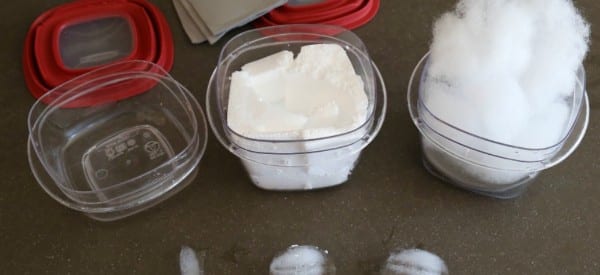
Dive into a chilly yet captivating scientific adventure with the Ice Insulation Activity. This hands-on experiment is perfect for curious young minds itching to unravel the mysteries of melting ice.
Get ready for a frigidly fun learning experience that will keep kids engaged and entertained while they uncover the secrets of insulation and heat transfer. Follow this activity guide for an icy escapade that combines play and education seamlessly.
- Materials Needed: Ice cubes, aluminum foil, plastic wrap, cotton balls, construction paper
- Duration: Approximately 30 minutes
- Ideal Age: Perfect for children aged 6 and above
- Science Discipline: Focuses on Elementary Physics and Thermal Energy
- Science Skills Focus: Kids will observe, predict, and analyze as they explore how different materials affect the melting rate of ice. They’ll grasp concepts of insulation, heat transfer, and basic physics principles in a captivating and memorable way.
13. Measure Melted Snow To Water
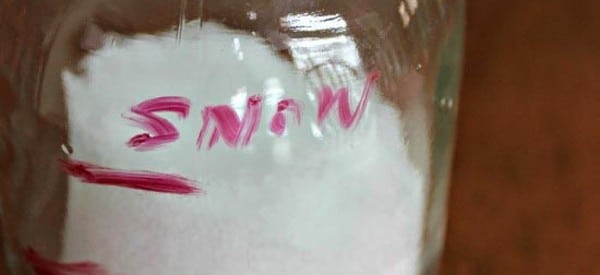
Embark on a hands-on journey to discover how much water hides within the snow and watch as it transforms before your very eyes. With just a few simple materials, your little scientists will explore the magic of melting snow, while honing essential science skills. It’s an educational escapade that combines fun, fascination, and learning in one chilly experiment.
- Materials Needed: Fresh snow, measuring cup, heat source (stove or microwave), timer, notebook, and pen
- Duration: Approximately 30 minutes
- Ideal Age: Perfect for curious minds aged 5 and up
- Science Discipline: Earth Science and Chemistry
- Science Skills Focus: Observing changes, measuring accurately, understanding states of matter, and conducting controlled experiments.
14. Frozen Oobleck
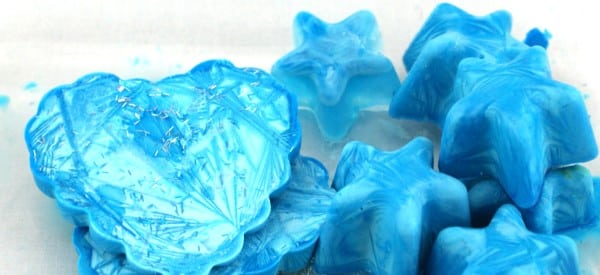
Dive into the world of non-Newtonian fluids and discover the captivating blend of science and play. Just like the Stay at Home Educator, we believe that learning should be an exciting journey, and what better way to learn about science than by getting your hands (and maybe even your toes) into some squishy, icy fun?
- Materials Needed: Cornstarch, water, food coloring (optional), large mixing bowl, freezer
- Duration: Approximately 30 minutes (excluding freezing time)
- Ideal Age: Perfect for curious kids aged 3 and above
- Science Discipline: Physics – Non-Newtonian fluids and material properties
- Science Skills Focus: Hands-on exploration, sensory engagement, making predictions, observing changes, and discussing fluid dynamics in a playful setting.
15. Winter Nature Study
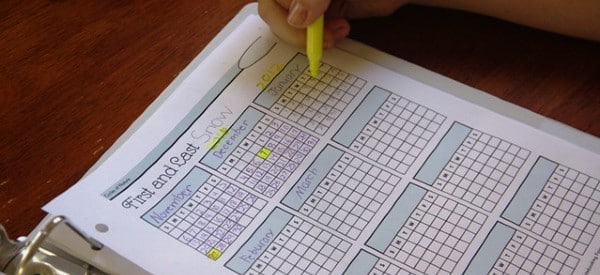
Uncover the hidden beauty of the season while fostering a deep connection with nature right from your doorstep.
These preschool nature science experiment printables encourage children to observe, sketch, and document the marvels of winter, from frosty leaves to animal tracks in the snow.
As you embark on this educational journey together, you’ll create cherished memories and nurture a lifelong love for the natural world.
- Materials Needed: Nature Notebook Printables (download from the link), pencils, crayons, or markers, magnifying glass, warm clothing and boots for outdoor exploration
- Activity Time: Approximately 1-2 hours, adaptable based on exploration time and creativity.
- Ideal Age: Perfect for curious minds aged 4 to 10, but can be tailored for various age groups.
- Science Discipline: Life Sciences – Ecology and Environmental Science
- Science Skills Focus: Develop observation skills, learn about winter ecology, identify animal adaptations, explore plant life cycles, and understand seasonal changes in nature.
Conclusion
As the snow blankets the world outside, these simple winter science experiments for preschoolers bring a flurry of excitement and learning indoors.
From frosty investigations to chilly chemical reactions, these hands-on activities provide a delightful way to explore the wonders of the season while nurturing your little one’s natural curiosity.
Get ready for giggles, “wow” moments, and a warm sense of accomplishment as you create cherished memories together with even more great STEM science projects for kids!
So, bundle up, gather your materials, and let the scientific exploration begin!


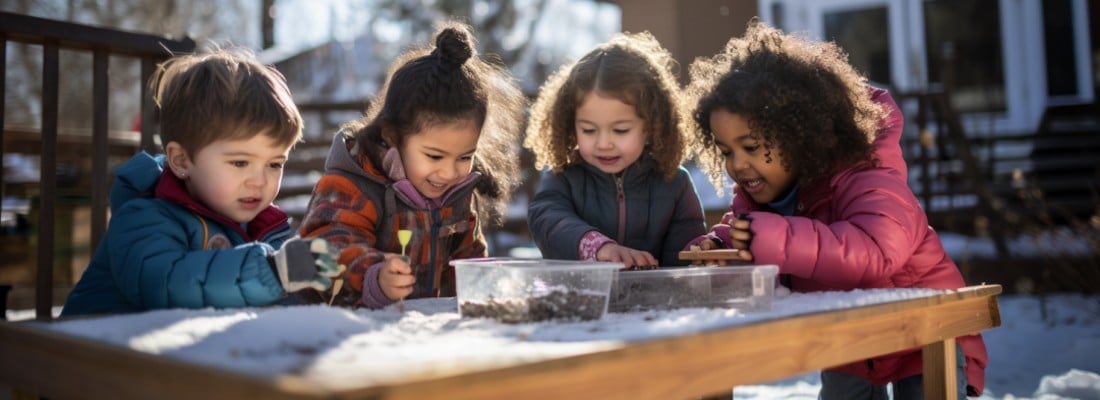







0 Comments